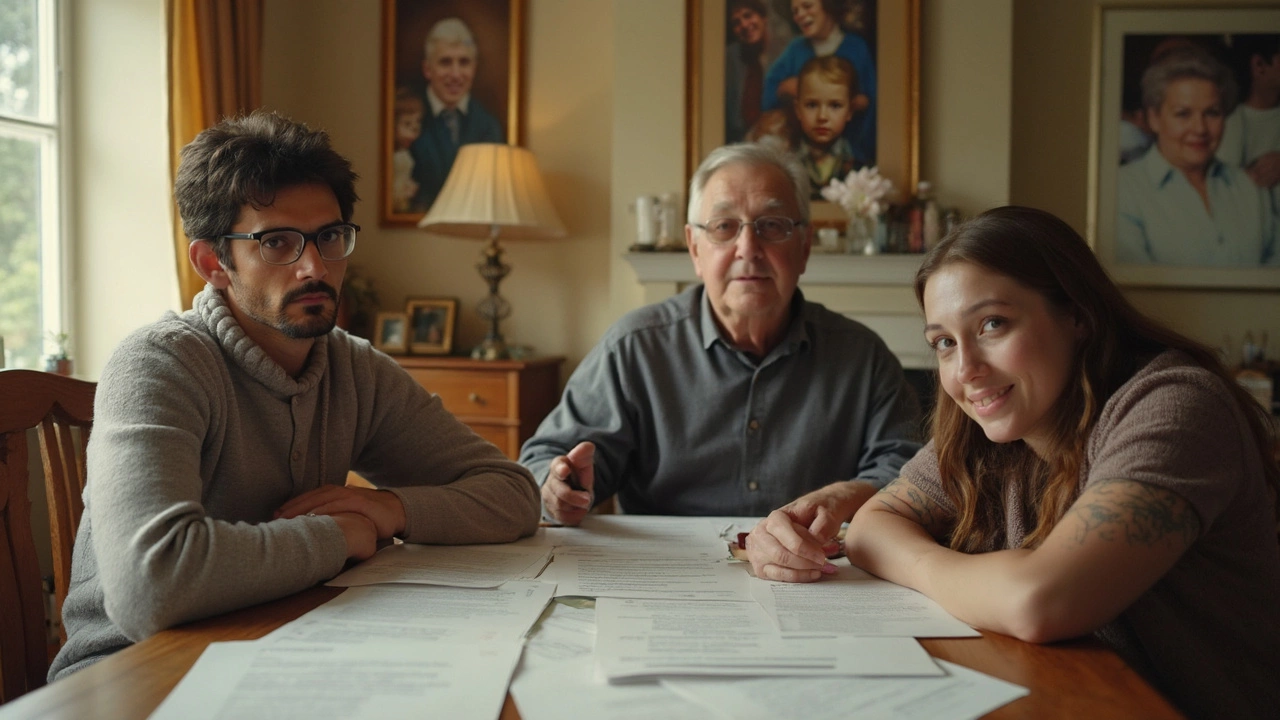Jointly Owned Shares: What They Are and Why They Matter
If you’ve ever heard the phrase “jointly owned shares” and wondered if it’s just finance jargon, you’re not alone. In the world of shared ownership housing, jointly owned shares are the bite‑size pieces of a property that multiple people buy together. Think of it as a pizza: each owner gets a slice, and the whole pie is still one home.
How Joint Ownership Actually Works
When you buy a share of a house, you usually purchase between 25% and 75% of the total value. The remaining portion stays with a housing association or another investor. You pay a mortgage on the share you own and a reduced rent on the rest. Over time, you can buy extra shares – a process called “staircasing” – until you own 100% of the property.
Because you own a slice, you also share responsibilities. Maintenance fees, council tax, and service charges are split based on the percentage each person holds. That’s why clear agreements are crucial; they prevent disputes over who does what.
Financial Benefits and Risks
Jointly owned shares lower the barrier to home ownership. Instead of needing a 20% deposit for a full‑price home, you might only need 10% of your share. This can open the market for first‑time buyers, couples, or families who want to live together but can’t afford a whole house outright.
On the flip side, if one co‑owner can’t keep up with their mortgage, the whole arrangement can be at risk. Most agreements require the other owners to cover shortfalls or allow the defaulting party to be bought out. It’s smart to set up a contingency fund and have a clear exit strategy.
Another point to consider is resale value. When you sell your share, the price is usually based on the current market value of the whole property, multiplied by your percentage. This can be a win if property values have risen, but it also means you’re tied to the overall market health.
Taxes work much like owning a full‑time home. You’ll pay stamp duty on the share you buy, and you may claim mortgage interest relief on that portion. Always check the latest HMRC guidelines or talk to a tax adviser.
Lastly, profit isn’t usually paid out monthly like a dividend. Instead, any gain comes when you sell your share or staircase to full ownership. That’s why many people treat jointly owned shares as a long‑term investment rather than a cash‑flow vehicle.
Ready to explore jointly owned shares? Start by searching for shared ownership listings in Florin Court, check eligibility criteria, and talk to a specialist real‑estate agent who knows the local market. With the right knowledge, you can turn a slice of a house into a stepping stone toward full ownership.

What Happens to Jointly Owned Shares on Death? A Real Guide for Shared Ownership Homes
Figuring out what happens to shared ownership property shares when someone dies can feel overwhelming. This article breaks down the basics of jointly owned shares, explains who gets what, and why the ownership type matters. It also covers what you need to do right away after a co-owner passes and how to avoid family drama down the track. Get solid, straightforward tips to help you handle one of property’s trickier moments.